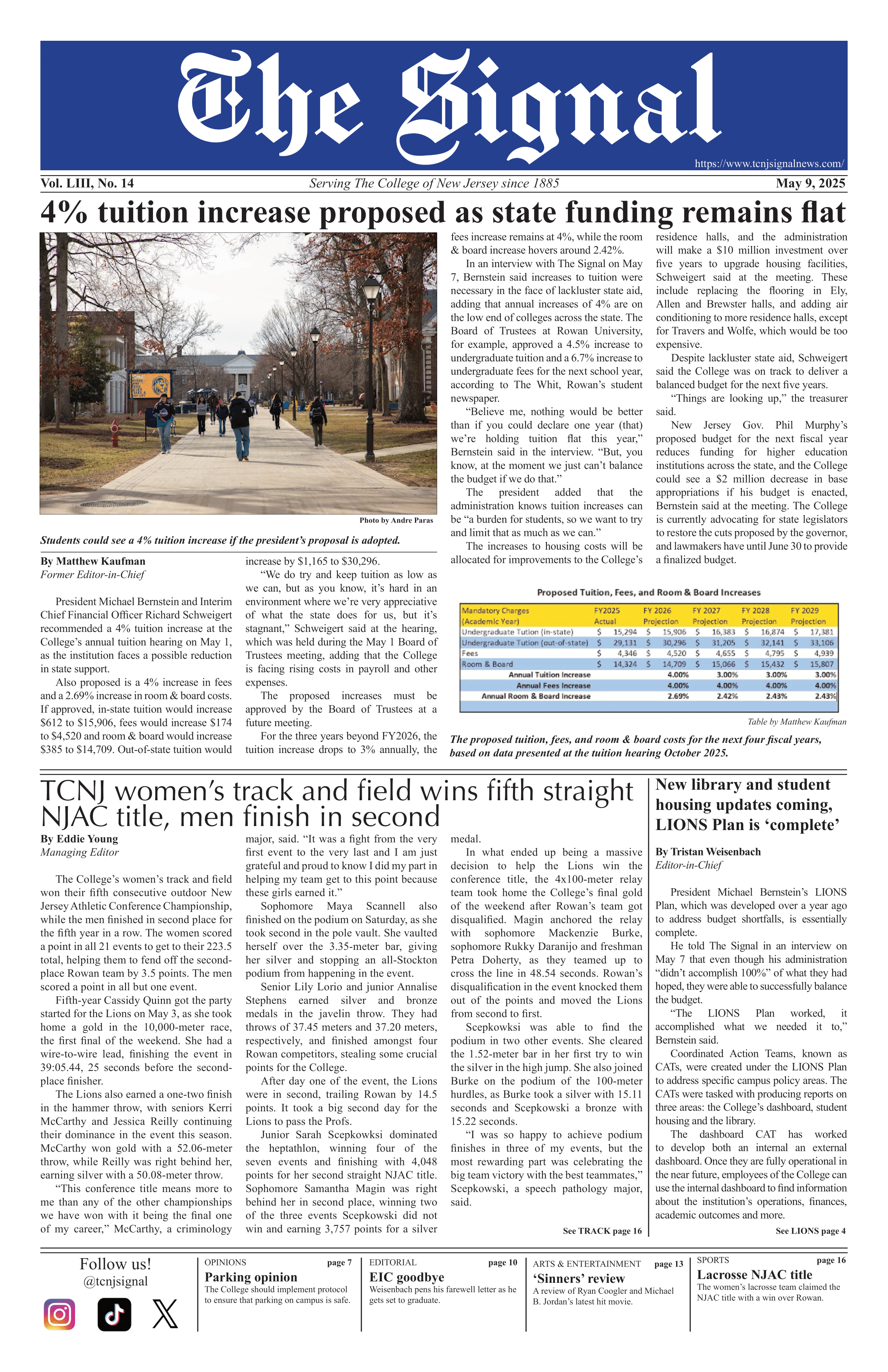By Chloe Freed
Staff Writer
A speaker from Ingredion Corporation spoke at the chemistry colloquium hosted by the College’s chemistry department on Sept. 20 to discuss how ingredients are manufactured and modified in the constantly evolving food industry.
Kaitlin Papson is an analytical chemist who works for Ingredion, an ingredient solutions provider. She helps a team of scientists look into ingredients that are used in various products and helps modify and transform them so they can be sustained under different conditions.
“You have ingredient companies, like what I work for, and then there’s fragrance, food packaging, food processors (and) health and beauty,” Papson said. “And as an ingredient company, we work with and support all of these other companies.”
The ingredients that Ingredion creates are distributed globally, and it is in their best interest to make sure the food they create is desired by consumers.
“Our company is global,” Papson said. “We have over 11,000 employees. We really tailor to each region. Each research lab and each manufacturing facility is tuned into what the needs are of the region and what the customer preferences are.”
Some of the work that Papson does involves modifying ingredients and changing the makeup to best suit certain foods.
“What do we make?” Papson said. “All sorts of stuff! We have a lot of core materials. Sometimes it is as simple as extracting a single component from these materials. But then we go a step further, we do a lot of modification of those products to improve functionality and flavor.”

Emma Calabrese, a sophomore chemistry major, gained a new perspective after learning about modifications that go into the foods we consume daily.
“As someone with dietary restrictions I thought I was better at looking at labels, but I feel like there are multiple things that I looked over, unaware of the chemical aspects,” Calabrese said. “It doesn’t necessarily mean I’m going to change my diet, but I want to be able to make more educated decisions when picking between food products and brands to consume.”
Papson explained the process of creating starch-like substances in frozen food to aid in the process of freezing and transporting the food to the store and then from the store to homes.
“It’s not always in a complete frozen state,” said Papson, “but it needs to retain the quality that you are expecting through all of those transitions.”
Dani DeQuintal, a junior elementary education and iSTEM major, discussed the new viewpoint she has on the chemicals in food after attending the colloquium.
“My perceptions of the food industry changed after hearing (Papson) speak because I never think too deeply into where the ingredients in my food come from in a chemical sense,” DeQuintal said. “I read a lot of food labels, but there’s usually ingredients that I’ve never heard of and these are probably chemical additives or man made supplements that (Papson) knows of as a chemist, but I don’t as an average consumer.”
Papson further elaborated on the complexity of food labels, and how many chemical additives are often listed on them.
“It makes you look at food labels,” Papson said. “I’ve started looking at a lot of labels and I have my own garden now!”
She reassured the audience that Ingredion’s creations are not harmful to consumers.
“Nothing we make is toxic,” Papson said. “It’s not bad for you, it’s just everything in moderation.”
With the food industry constantly growing and evolving, Papson and her team can look forward to new inventions and different areas of the industry that are forthcoming.
“As an analytical chemist, I am still learning and I am still growing,” Papson said.







